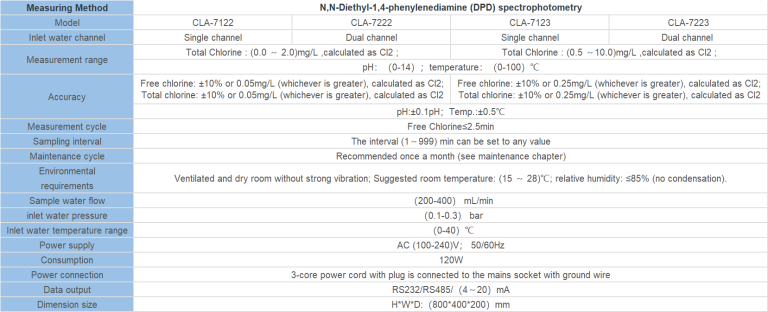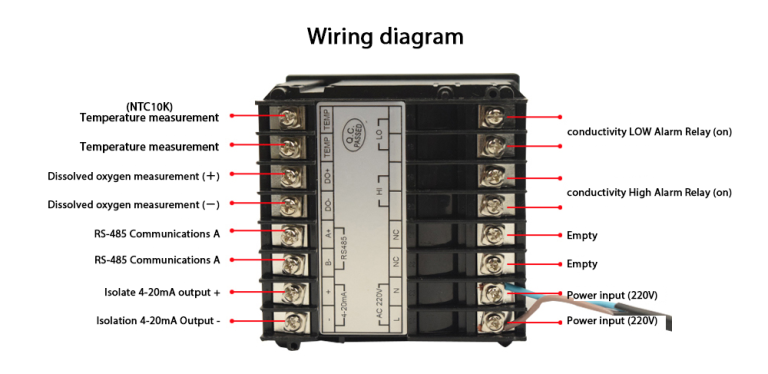Table of Contents
Benefits of Using a Peak flow meter for Asthma Management
A peak flow meter is a simple device used to measure how well your lungs are working by measuring the maximum speed at which you can blow air out of your lungs. This measurement is known as your peak expiratory flow rate (PEFR) and is an important tool for managing asthma. By regularly monitoring your peak flow, you can track changes in your lung function and adjust your asthma treatment accordingly.
One of the key benefits of using a peak flow meter is that it allows you to monitor your asthma symptoms at home. This can be especially helpful for people with asthma who have trouble recognizing when their symptoms are getting worse. By measuring your peak flow regularly, you can catch changes in your lung function early and take action before a full-blown asthma attack occurs.
Another benefit of using a peak flow meter is that it can help you and your healthcare provider determine how well your asthma medications are working. By tracking your peak flow measurements over time, you can see if your lung function is improving, staying the same, or getting worse. This information can help you and your healthcare provider make informed decisions about your asthma treatment plan and make adjustments as needed.
Using a peak flow meter can also help you identify triggers that worsen your asthma symptoms. By monitoring your peak flow before and after exposure to potential triggers, such as pollen, dust, or pet dander, you can see if there is a correlation between your peak flow measurements and your exposure to these triggers. This information can help you avoid or minimize exposure to triggers that worsen your asthma symptoms and improve your overall asthma management.
In addition to helping you manage your asthma symptoms, using a peak flow meter can also help you prepare for and respond to asthma attacks. By knowing your personal best peak flow measurement, you can establish a baseline for your lung function and identify when your peak flow drops below this baseline. This can serve as a warning sign that an asthma attack may be imminent, allowing you to take action, such as using your rescue inhaler or seeking medical attention, before the situation becomes critical.
Overall, using a peak flow meter as part of your asthma management plan can provide valuable insights into your lung function, help you track changes in your asthma symptoms, and empower you to take control of your asthma. By monitoring your peak flow regularly, you can better understand your asthma triggers, assess the effectiveness of your asthma medications, and prepare for and respond to asthma attacks. If you have asthma, consider incorporating a peak flow meter into your asthma management routine to help you breathe easier and live a healthier life.
How to Properly Use and Interpret Peak flow meter Readings
A peak flow meter is a simple device used to measure how well your lungs are working by measuring the maximum speed at which you can blow air out of your lungs. It is commonly used by individuals with asthma to monitor their lung function and track changes in their breathing. Properly using and interpreting peak flow meter readings is essential for managing asthma and ensuring optimal respiratory health.
| Model No. | CIT-8800 Inductive Conductivity / Concentration Online Controller | |
| Measurement range | Conductivity | 0.00\u03bcS/cm ~ 2000mS/cm |
| Concentration | 1.NaOH\uff0c\uff080-15\uff09% or\uff0825-50\uff09%\uff1b | |
| 2.HNO3\uff08note the Corrosion resistance of the sensor\uff09\uff080-25\uff09% or\uff0836-82\uff09%\uff1b | ||
| 3.User-defined concentration curves. | ||
| TDS | 0.00ppm~1000ppt | |
| Temp. | \uff080.0 ~ 120.0\uff09\u2103 | |
| Resolution | Conductivity | 0.01\u03bcS/cm |
| Concentration | 0.01% | |
| TDS | 0.01ppm | |
| Temp. | 0.1\u2103 | |
| Accuracy | Conductivity | 0\u03bcS/cm ~1000\u03bcS/cm \u00b110\u03bcS/cm |
| 1 mS/cm~500 mS/cm \u00b11.0% | ||
| 500mS/cm~2000 mS/cm \u00b11.0% | ||
| TDS | 1.5 level | |
| Temp. | \u00b10.5\u2103 | |
| Temp. compensation | element | Pt1000 |
| range | \uff080.0~120.0\uff09\u2103 linear compensation | |
| \uff084~20\uff09mA Current output | channels | Double channels |
| features | Isolated, adjustable, reversible, 4-20MA output, instruments/ transmitter mode. | |
| Loop resistance | 400\u03a9\uff08Max\uff09\uff0cDC 24V | |
| Resolution | \u00b10.1mA | |
| Control contact | Channels | Triple channels |
| Contact | Photoelectric relay output | |
| Programmable | Programmable \uff08 temperature \u3001conductivity/concentration/TDS\u3001timing\uff09output | |
| Features | Could set temperature\u3001conductivity/concentration/TDS\u3001 timing NO/NC/ PID selection | |
| Resistance load | 50mA\uff08Max\uff09\uff0cAC/DC 30V\uff08Max\uff09 | |
| Data communication | RS485,MODBUS protocol | |
| Power supply | DC 24V\u00b14V | |
| Consumption | \uff1c5.5W | |
| Working environment | Temperature\uff1a\uff080~50\uff09\u2103 Relative Humidity\uff1a\u226485%RH(non- condensing ) | |
| Storage | Temperature\uff1a(-20~60)\u2103 Relative Humidity\uff1a\u226485%RH(non- condensing) | |
| Protection level | IP65\uff08with rear cover\uff09 | |
| Outline dimension | 96mm\u00d796 mm\u00d794mm (H\u00d7W\u00d7D) | |
| Hole dimension | 91mm\u00d791mm(H\u00d7W) | |
| Installation | Panel mounted , fast installation | |
To use a peak flow meter effectively, it is important to follow a few key steps. First, make sure the device is clean and free of any obstructions. Next, stand up straight and take a deep breath in. Place the mouthpiece of the peak flow meter in your mouth and close your lips around it, making sure to create a tight seal. Then, blow out as hard and fast as you can into the meter. Repeat this process three times, recording the highest reading of the three as your peak flow measurement.
Interpreting peak flow meter readings involves comparing your current measurement to your personal best peak flow measurement. Your personal best peak flow measurement is the highest reading you have achieved when your asthma is well controlled. By regularly monitoring your peak flow measurements and comparing them to your personal best, you can track changes in your lung function and identify potential asthma triggers or exacerbations.
It is important to note that peak flow meter readings can vary throughout the day due to factors such as time of day, activity level, and medication use. To ensure accurate and consistent readings, it is recommended to measure your peak flow at the same time each day, preferably in the morning before taking any asthma medications. Additionally, it is important to use the same peak flow meter each time to ensure consistency in your measurements.
When interpreting peak flow meter readings, it is essential to pay attention to any significant changes or trends in your measurements. A decrease in peak flow measurements may indicate worsening asthma symptoms or an asthma exacerbation, while an increase in peak flow measurements may suggest improved lung function. It is important to discuss any changes in your peak flow measurements with your healthcare provider to determine the appropriate course of action.
In addition to monitoring peak flow measurements, it is important to keep a record of your symptoms and any triggers that may be affecting your asthma. By tracking both peak flow measurements and symptoms, you can provide your healthcare provider with valuable information to help manage your asthma effectively.
In conclusion, using and interpreting peak flow meter readings is an essential component of managing asthma and ensuring optimal respiratory health. By following proper techniques for using a peak flow meter and regularly monitoring and interpreting your measurements, you can track changes in your lung function, identify potential asthma triggers, and work with your healthcare provider to develop an effective asthma management plan. Remember to consult with your healthcare provider if you have any concerns or questions about your peak flow meter readings or asthma symptoms.








